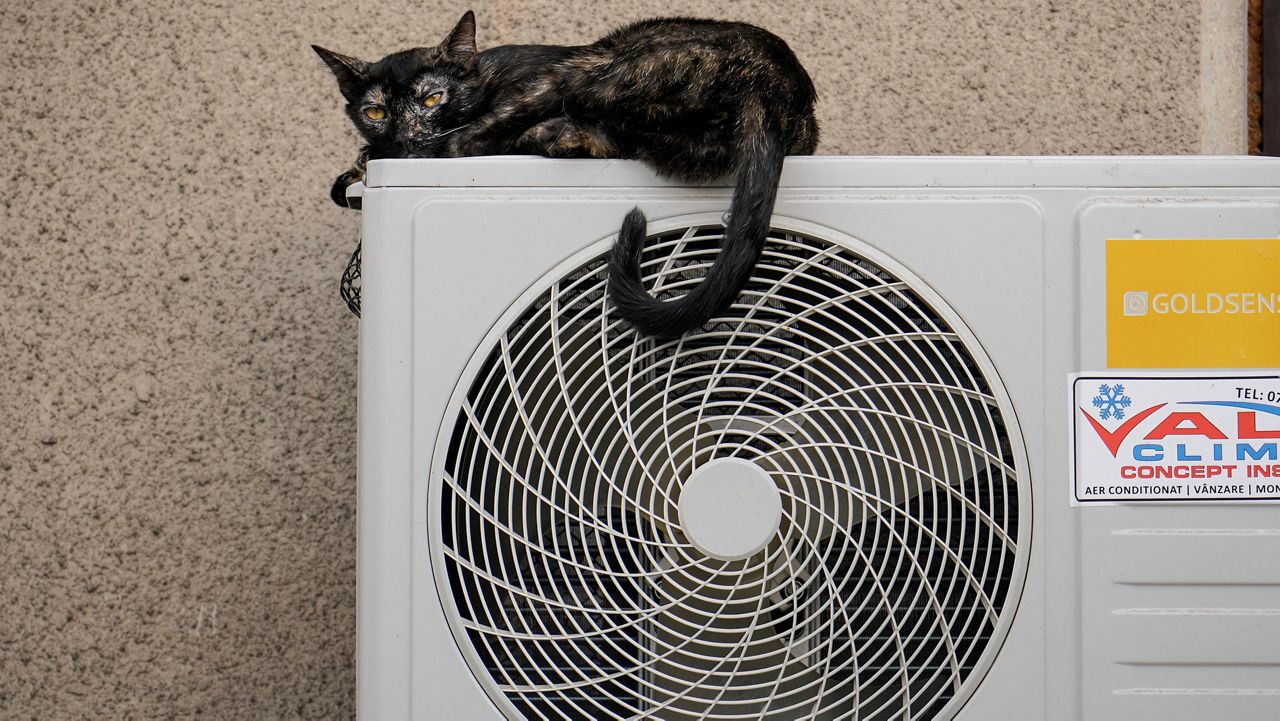Solar power. We use the sun to generate the energy to cool our buildings with AC. But what if we could use the opposite of solar to cool our buildings? Using space, cooling by the cosmos. Crazy idea? Maybe not.
Here are 5 things to know:
- t's called radiative sky cooling, and it's a natural process that happens every day. The sun heats buildings and also the ground at our feet. When nighttime comes, that heat, or infrared radiation, rises back up and out into the cold depths of space, especially if there aren't any clouds or moisture to contain it.
- Imagine that a building has fluid in its walls, like blood in our veins. After a hot day, the fluid in the building absorbs the heat in the walls. That heat is pumped up to the roof to solar panels, where the heat in the liquid then escapes out into the night sky.
- The cooled liquid is pumped back, circulating through the building, cooling it down. The result is that the building will stay cooler for longer the next day and need less air conditioning to maintain those cooler temps.
- Scientists have already created a plastic film that does something even cooler. By reflecting the sun's rays with a coating that also reflects the infrared heat of the sun, whatever the film covers, like say a hot potato, it is essentially acting as a "night window," drawing the heat out from the object, or in this case, making the potato cool. It can even happen during the day and without requiring electricity. How's that for cool?
- Radiative sky cooling can work on buildings, objects, cars and many things. They can be cooled in broad daylight. There are even cleverer ideas to use this material to generate electricity. So in the future, we could all very well be cutting our AC bills.
The battle is on to reduce the effects of global warming, especially when it's expected that by 2050, demand for air conditioning is expected to triple. But in the future, with this simple and relatively inexpensive technology, we could use the sun to cool down.











